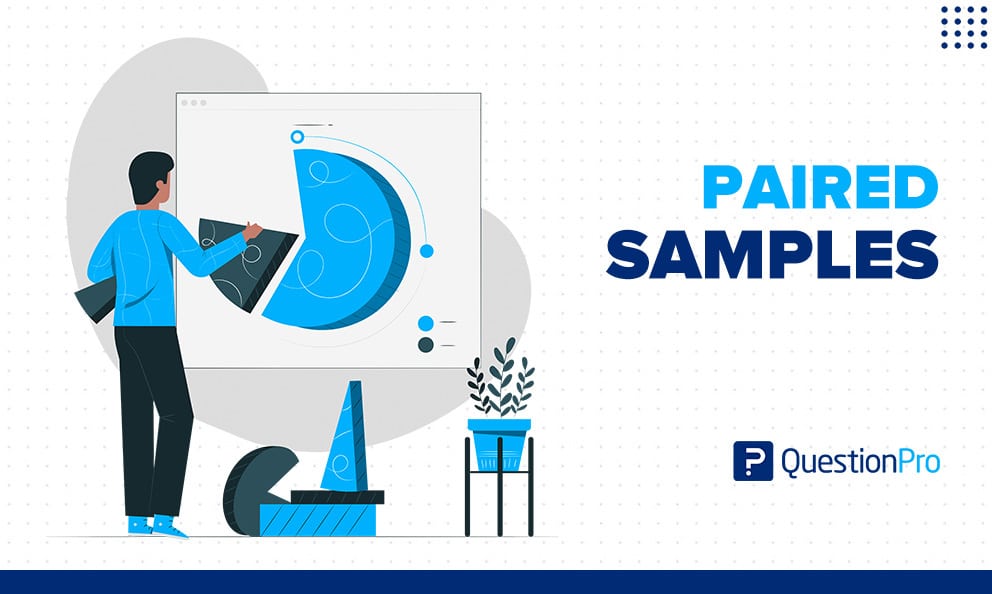

On one hand, we can use paired samples designed for two-group experiments (e.g., testing treatment effects). On the other hand, we can use them with more complex structures if the independent variable is spatially structured. This is so that treatments can be administered to different pairs of subjects or objects as they progress through space or time.
Thus, each data point has a unique subject identifier and an association with another observation from a different subject.
Paired samples are samples to make inferences about the differences between two paired variables, such as the effect of one treatment on two behaviors. They can also help researchers estimate the amount of variation in one variable caused by variation in another variable.
In a paired samples design, each participant contributes multiple measurements to each data point (or pair) in the sample.
Now let’s go over the importance of understanding the role of paired t-test. This statistical test compares two variables matched in some way, such as “before and after” or “treatment vs control”.
The null hypothesis for a paired t-test states that the mean of the paired differences equals zero in the population.
Meaning that if you were to run this test on a large number of samples from your population, you would expect most of them to have mean paired differences close to zero. In other words, most samples would have small positive or negative differences between their values.
The alternative hypothesis for a paired t-test states that the mean of the paired differences does not equal zero in the population. This means an effect is observed— something has changed from one sample set to another or one group to another.
If your p-value is less than your significance level (e.g., 0.05), you can reject the null hypothesis and conclude that your sample provides strong enough evidence to conclude that the mean paired difference does not equal zero in the population.
Unlike paired samples, Independent samples consider two separate populations unrelated, with each individual belonging to only one group. For example, researchers who want to examine the relationship between high cholesterol levels and health outcomes may assign patients with cardiovascular disease to a treatment group and compare them with those who do not have cardiovascular disease but have high cholesterol levels.
In either case, each subject is randomly assigned to either a study group or control group, and then their data is collected; this type of research design is called an “independent samples t-test.”
For example, let’s say you want to compare your students’ average quiz scores before they took a study break and after they took a study break. In this case, you would have one group with two conditions: before taking a break and after taking a break. The paired t-test is designed to compare these two groups of scores.
An unpaired t-test, on the other hand, compares the means of two independent groups or items. For example, suppose you wanted to see whether there was any difference in average quiz scores between male and female students. In that case, you could use an unpaired t-test to compare their scores without assuming that there are any differences in variance between genders.
In contrast to an unpaired t-test, in which variance is not assumed to be equal between conditions, a paired t-test variance is considered equal between conditions.
Let’s use the following illustration to understand when a paired/independent sample is required.
Collecting paired samples in research is an underutilized technique that can provide six-sigma improvements in many types of market research. It also can gather valuable insights that will lead to better business decisions. Additionally, it will produce higher levels of statistical efficiency, more comparable responses, and superior data quality.
At QuestionPro, we understand the value of the right sampling technique for all your research needs, let us do the hard work. Request a Free Bid Now!